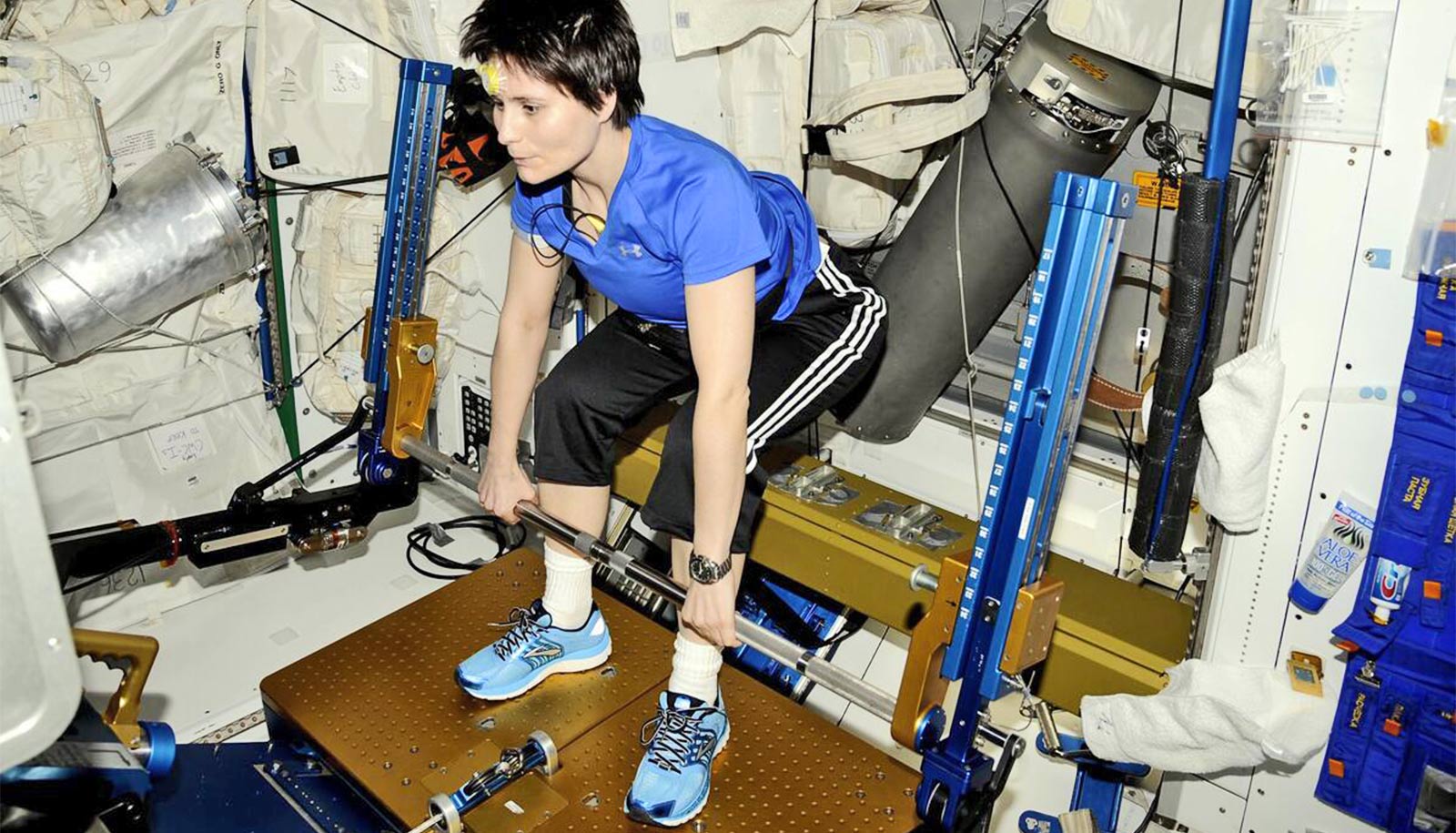A team of scientists has duplicated the chemical reaction that creates trihydrogen, or H3+, which some call the molecule that made the universe.
While H3+ is astronomically abundant, no scientist understood the mechanisms that form it from organic molecules. Until now.
“We were able to duplicate in our lab what’s happening in the cosmos as we speak…”
The scientists found H3+ when they used a strong-field laser to initiate a reaction and a second femtosecond laser to probe its progress. These interactions often lead to exotic chemical reactions. In this case, it unexpectedly revealed the phantom mechanisms of H3+.
“We found that a roaming H2 molecule is responsible for the chemical reaction, producing H3+; roaming chemistry is extremely new and little is known about it,” says Marcos Dantus, a professor of chemistry and physics at Michigan State University.
“This is the first documented case for a roaming H2 reaction, which is significant because roaming mechanisms are a budding chapter of chemistry—one that may provide explanations for unlikely and unexplained chemical reactions,” Dantus adds.
One reason for the dearth of knowledge is that the process happens in near immeasurable time. The entire reaction, involving cleavage and formation of three chemical bonds, takes between 100 or 240 femtoseconds. That’s less time than it takes a bullet to travel the width of an atom, Dantus adds.
Can lasers make controlled nuclear fusion happen?
How the roaming H2 molecule extracts the proton to evolve to H3+ is nothing short of astounding, according to the scientists.
A neutral H2 molecule is formed upon ionization of an organic molecule, and it roams around the remaining ion until it finds an acidic proton. Once targeted, it then extracts the proton, and collects it to transform into the most abundant ion in the universe.
“We were able to duplicate in our lab what’s happening in the cosmos as we speak,” Dantus says. “Understanding this mechanism and its timescale takes us one step closer to understanding the chemical reactions that created the building blocks of life in the universe.”
Future research will focus on the effect of molecular size and structure on the likelihood and timing of roaming chemical reactions.
Vast halo of hydrogen surrounds Milky Way
The results of the research appear in the journal Nature Scientific Reports.
Additional scientists working on this research are from Michigan State University and Kansas State University. The Department of Energy and the National Science Foundation funded the work.
Source: Michigan State University



